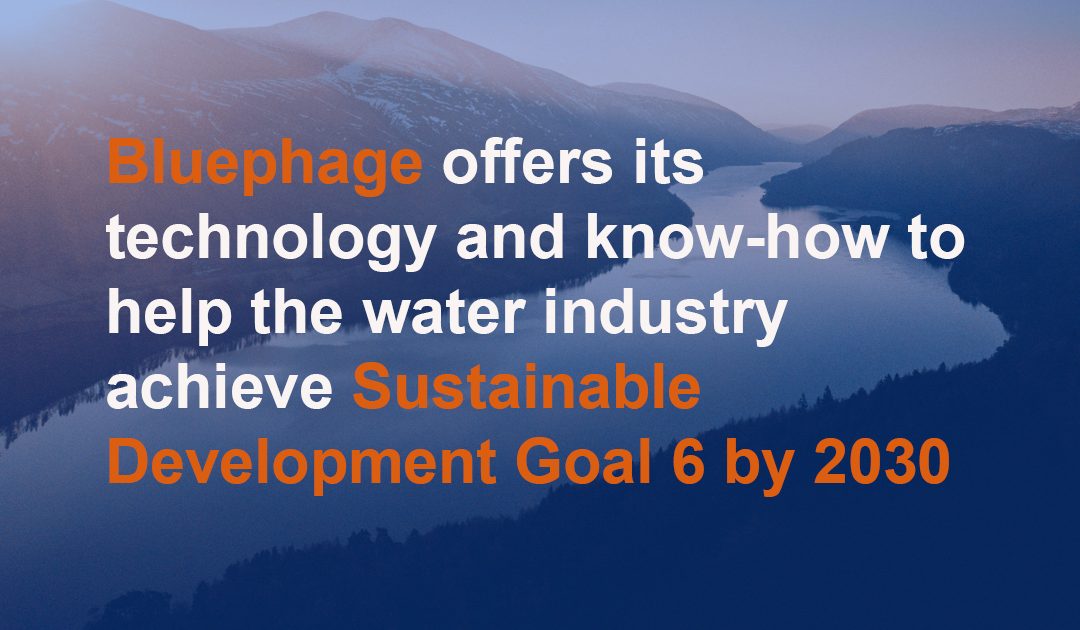Bluephage, a biotechnology company specialized in the development of technology to detect coliphages as a viral indicator in water analysis, offers its knowledge, efforts, and resources to support the Sustainable Development Goals number six, which seeks to ensure safe drinking water and sanitation for all, focusing on the sustainable management of water resources, wastewater, and ecosystems, and acknowledging the importance of an enabling environment.
The Sustainable Development Goals (2015-2030), an initiative of the United Nations, comprises 17 goals and 169 targets, aiming to address priorities such as climate change, economic inequality, innovation, sustainable consumption, peace, and justice. On September 25, 2015, these goals were established in New York at a meeting of the General Assembly, where an Agenda entitled “Transforming our world: the 2030 Agenda for Sustainable Development” was put forward.
Since 1990, more than 2.1 billion people have gained access to improved water and sanitation, but the decreasing availability of safe drinking water is a significant problem affecting all continents. Having access to safe drinking water and carrying out proper sanitation and hygiene are the pillars of human health and well-being.
To ensure universal access to safe and affordable drinking water for all by 2030, adequate investments in infrastructure, provision of sanitation facilities, and promotion of hygiene practices are needed and increased and more targeted testing for viral indicators, such as coliphages, in all types of water.
Water is necessary to ensure healthy ecosystems that can improve the quantity and quality of freshwater and overall resilience to human and environmentally induced changes. It is also crucial in managing risks related to famine, epidemics, migration, inequalities within and between countries, political instability, and natural disasters.
Water is not only used for domestic purposes, but for energy generation and production, and all these uses generate wastewater that can cause pollution if not properly managed. According to SDG 6.3, currently there is only a small amount of data available on wastewater treatment at the global scale, but some sources estimate that about 80 % of all wastewater generated globally is discharged without any treatment.
Water is essential for sustaining life on our planet and a matrix that allows transmission within the biosphere of some diseases’ causative agents.
Contaminated water can transmit diseases such as diarrhea, cholera, dysentery, typhoid, and polio, and is estimated to cause 485,000 diarrhoeal deaths each year.
According to the Population Potentially at Health Risk (PPHR) indicator, in 2015, in Europe 22.7 million people were potentially at health risk due to non-safe drinking water, equivalent to 4% of the EU population. In 2015 the societal cost of the estimated 17.000 cases of getting sick from drinking tap water in Europe was equal to EUR 220 million. Using the PPHR for the baseline calculation, by 2050, 20 million people will potentially be at health risk due to drinking water quality problems, equivalent to 3.8% of the EU28 population in 2050.
It is essential to look at the entire water cycle, including all uses and users, to ensure sustainable water management and sanitation for all. Countries must adopt a more integrated and comprehensive approach that fairly balances the different needs. Precisely, this is what SDG 6 aims to do: by expanding the Millennium Development Goal (MDG) focus on drinking water and basic sanitation to include water, wastewater, and ecosystem resources, to cover all major aspects related to freshwater in the context of sustainable development.
Goal 6.1 looks closely at Drinking Water, as one of the essential uses of this resource is drinking and hygiene.
This goal, then, aims to ensure safe and affordable drinking water for all.
The SDG 6.1 indicator is measured by the percentage of the population that uses an improved drinking water source that comes from facilities, is available when needed, and is free of fecal and chemical contamination.
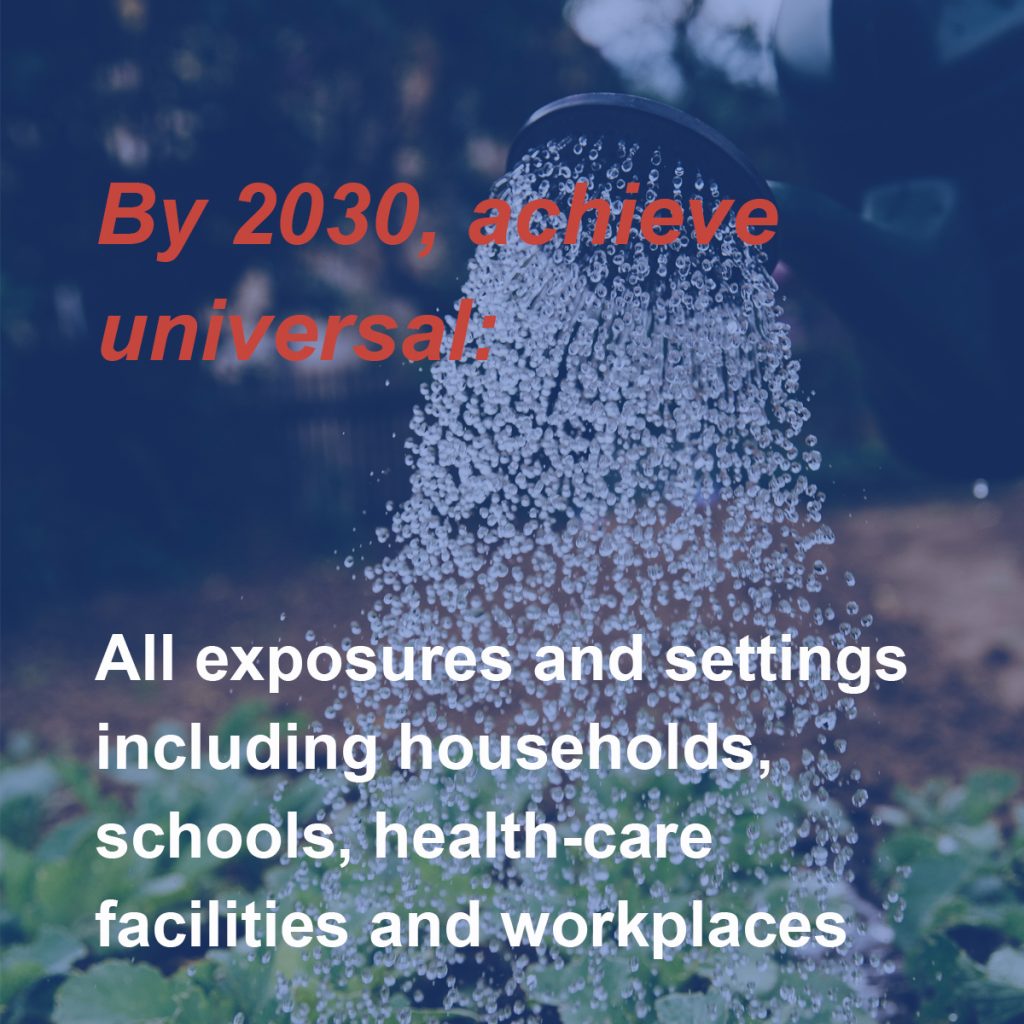
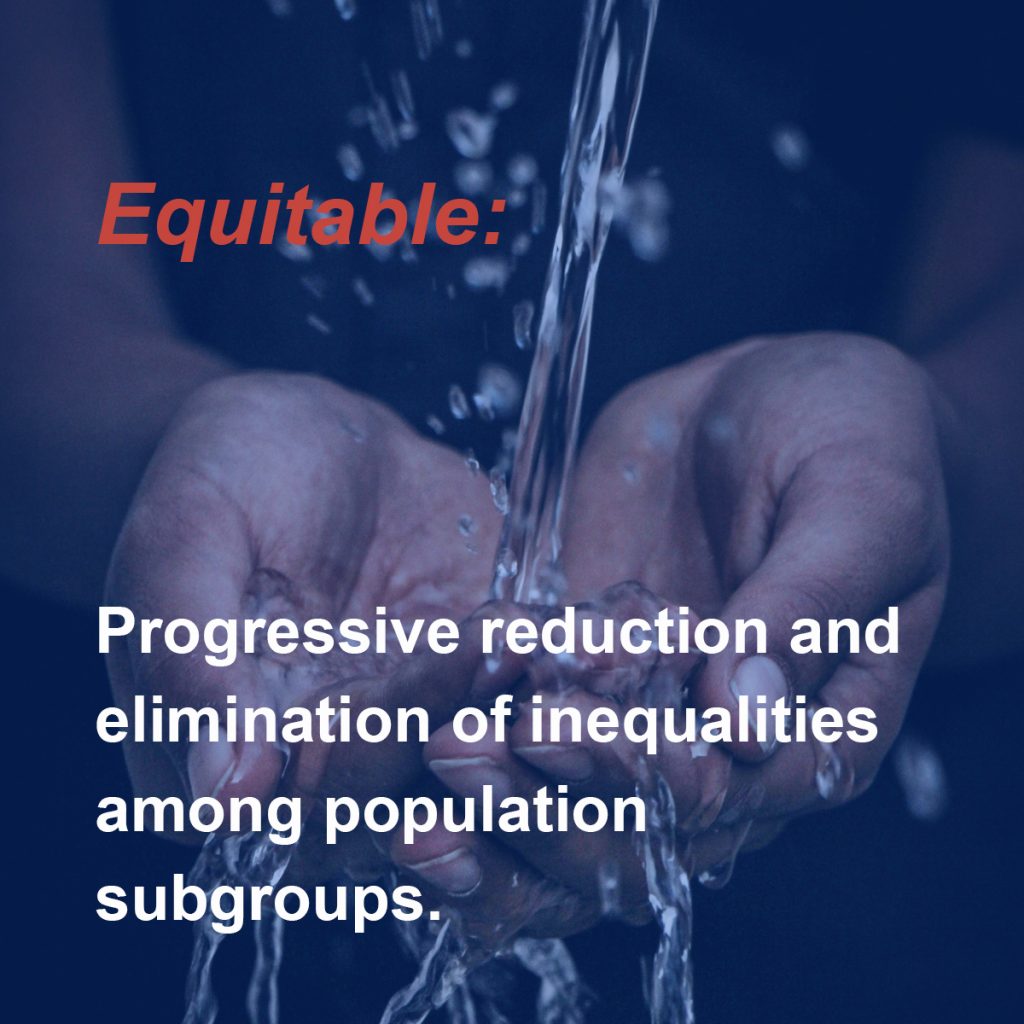
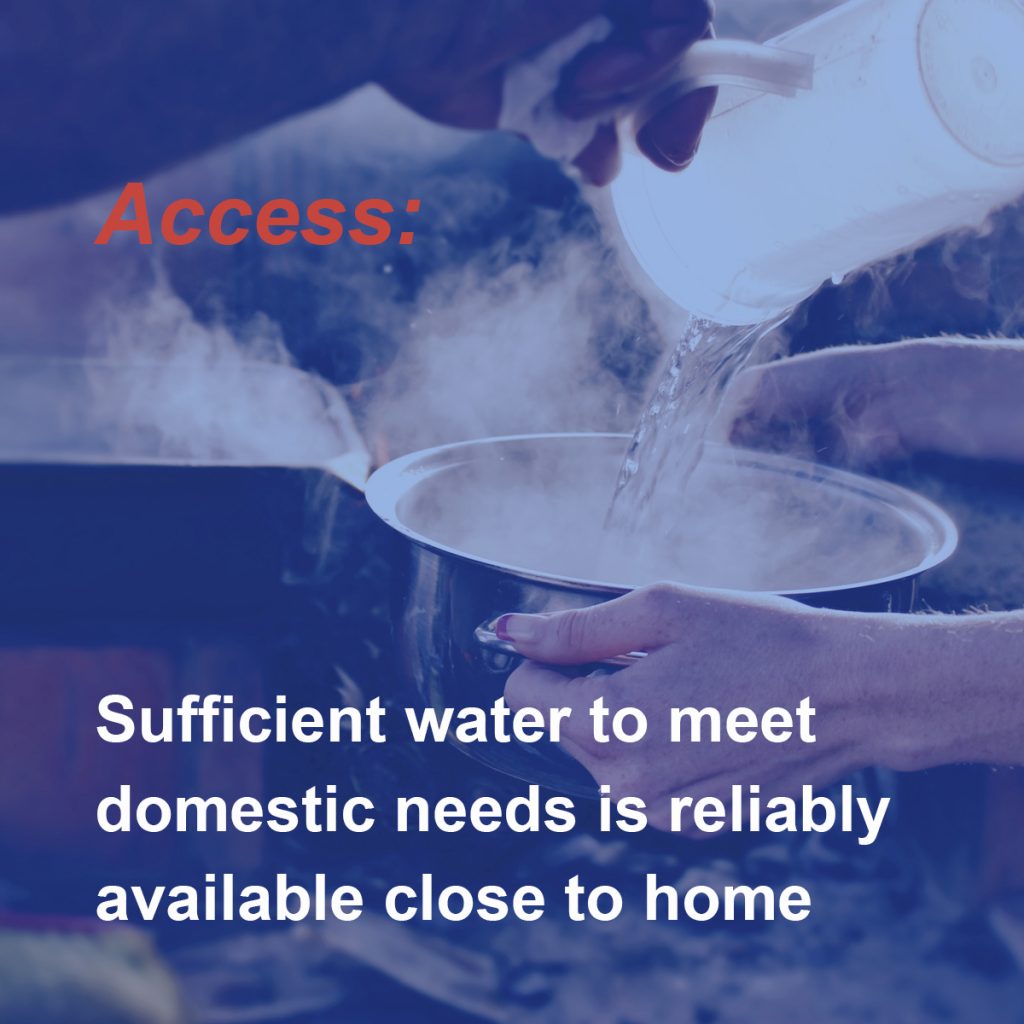
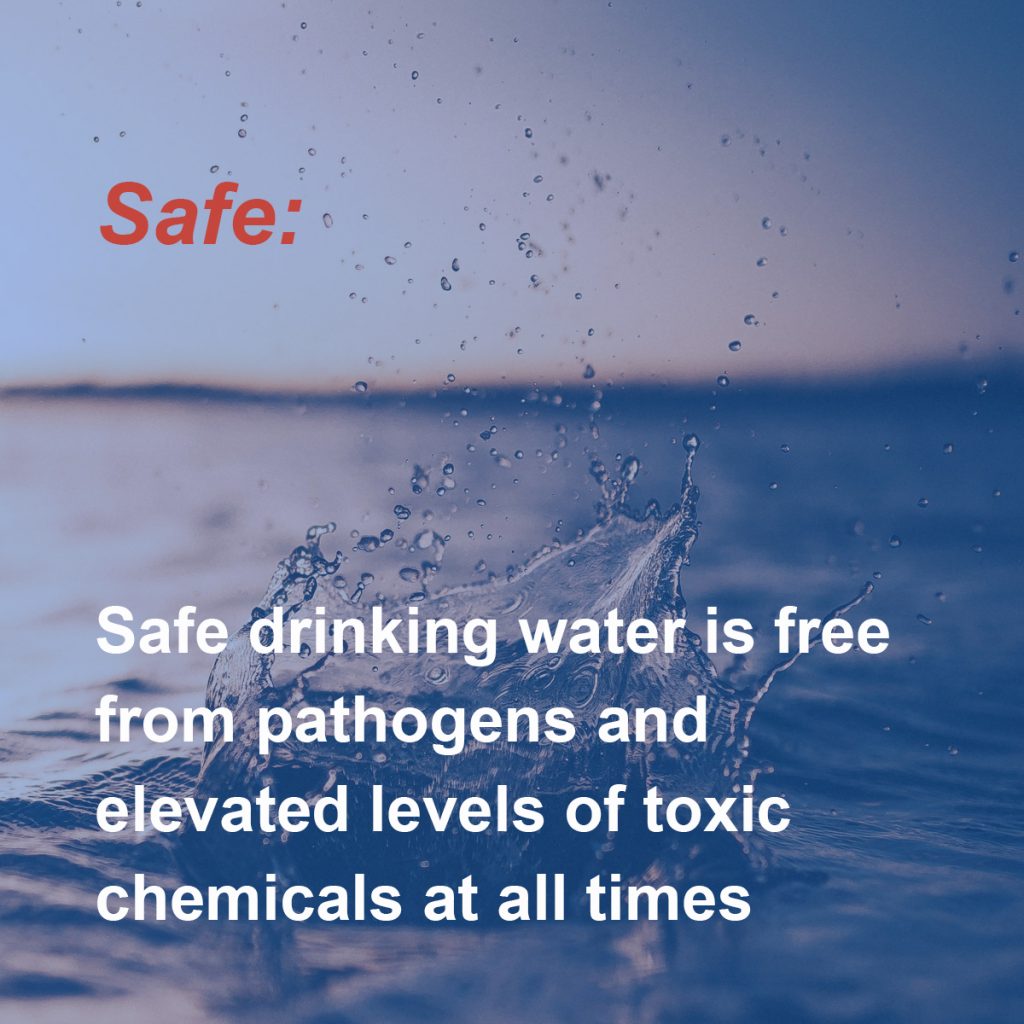

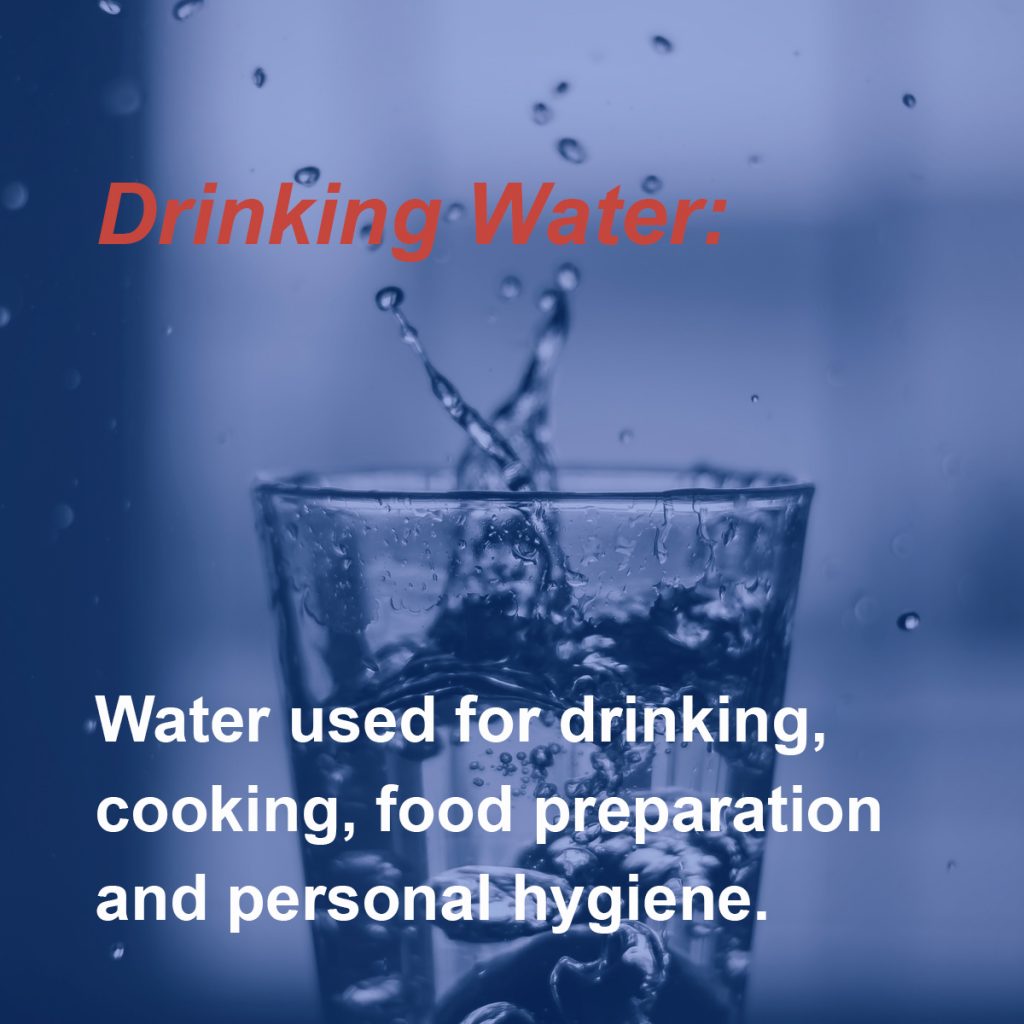
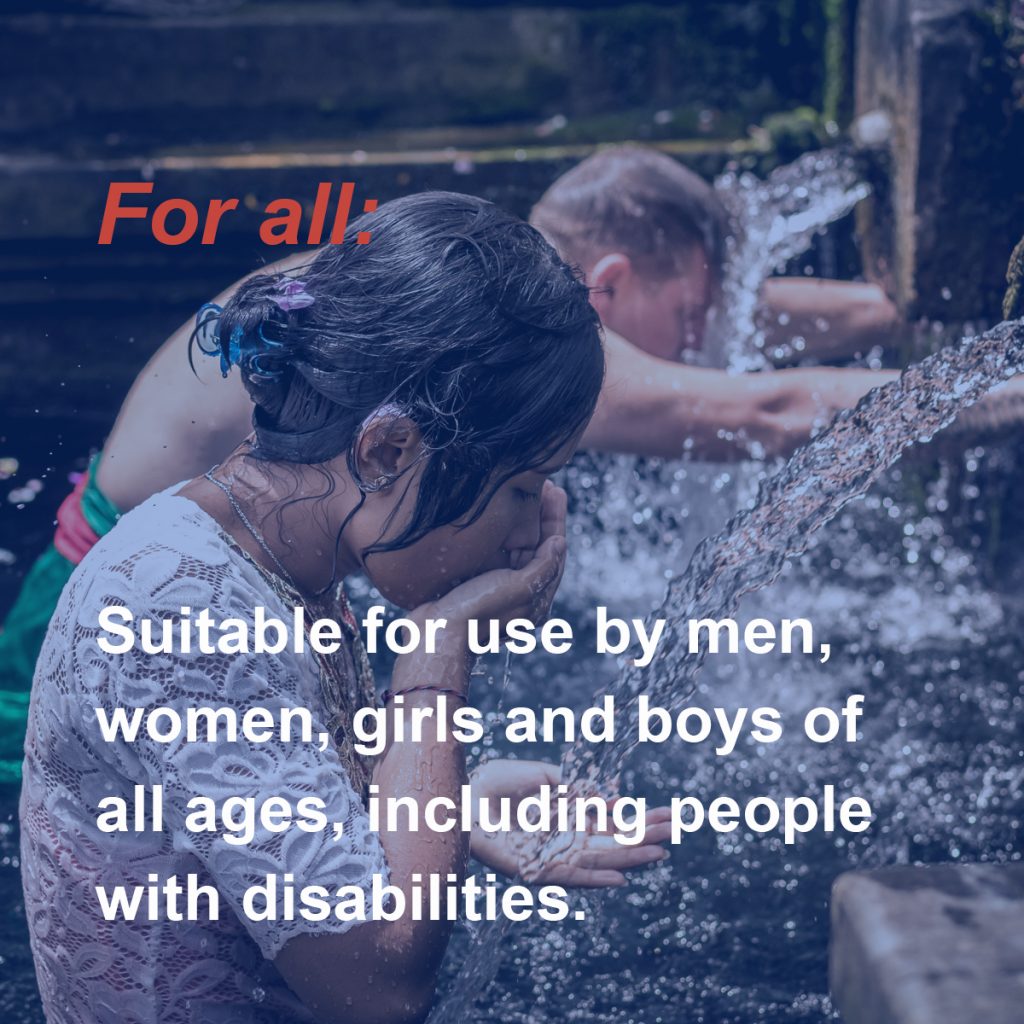
In the MDG indicator, the term “improved” was replaced with “safe” due to the lack of data on drinking water quality.
It also incorporates aspects of quality: free from contamination, accessibility: located nearby, and availability: available when needed, to further address the normative criteria of the human right to water.
Throughout the last century, a significant number of water-borne pathogens have been identified, but a comprehensive and routine analysis of all these potential water-borne pathogens is unsustainable and not viable in cost and practical technological implementation in water management.
Microbial indicators were defined as those microorganisms allowing to assess fecal pollution and the potential presence of pathogens in the water to solve these limitations. Different indicators have been proposed and used over the years, but there is no universal indicator. However, bacterial indicators have been successfully used, methods to detect them have been continuously improved and applied for surveillance and monitoring of water quality since the end of the 19th century.
Without any doubt, their routine analysis in water resources and uses has been a key factor in decreasing significatively the waterborne infections all around the world.
At Bluephage, we offer kits that ensure that the water is free of viral contamination and, therefore, we can contribute to the water’s health safety.
These are rapid detection kits for coliphages, a viral indicator that, if present, means that other pathogenic viruses may be less present.
The agility in detecting this viral indicator (5 hours), can help professionals working in water analysis laboratories, water supply and sanitation companies, and health and water authorities to carry out periodically environmental water analysis in a reliable, fast and efficient way.


